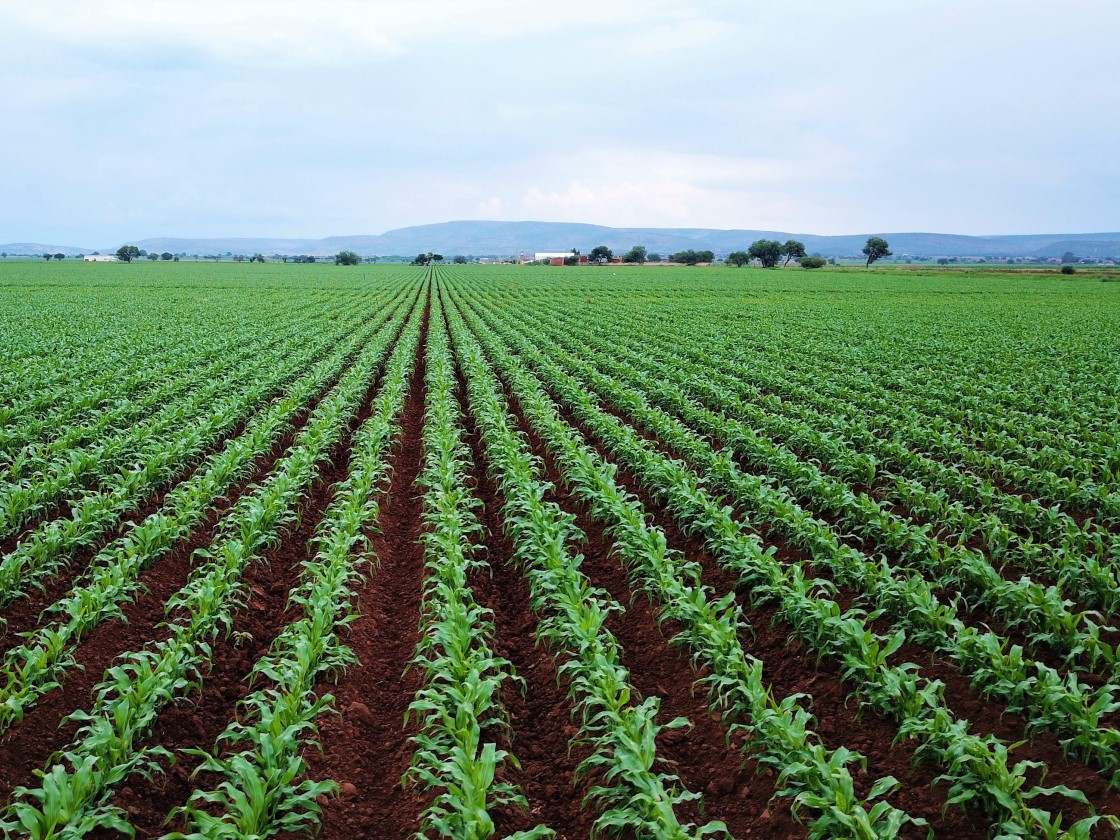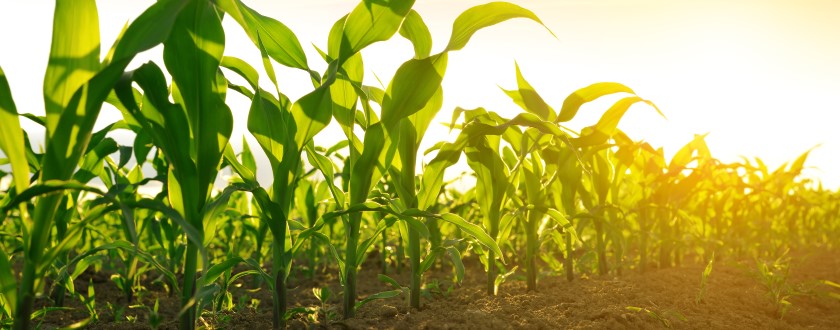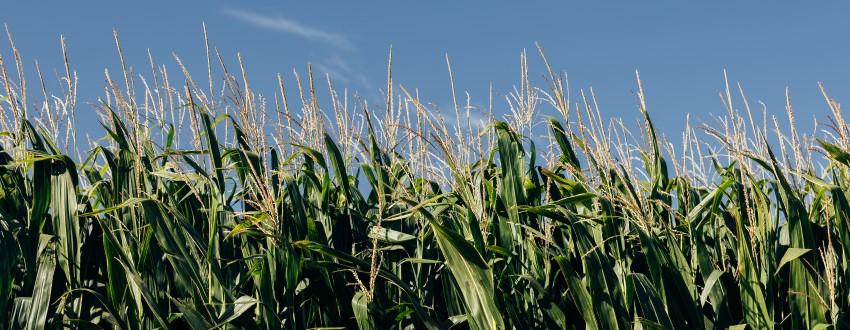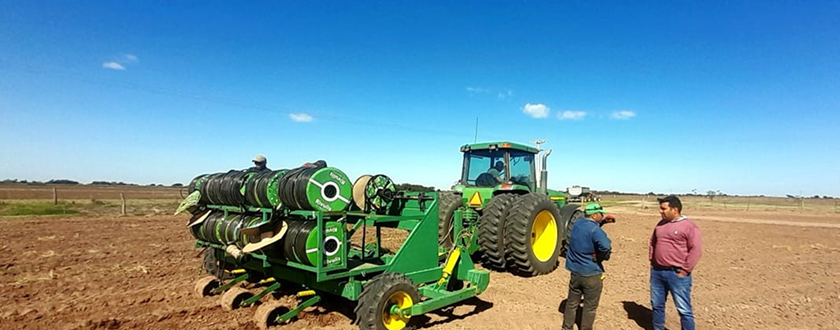Economic Edge and Longevity:
SDI is making headlines not just for its efficiency but for its economic benefits. Research from Kansas State University highlights that, although SDI requires a greater initial investment, its long-term value is hard to beat. The university’s findings demonstrate that an SDI system can rival the cost-effectiveness of a center pivot system. The key to SDI’s financial appeal is its durability. For instance, an SDI system at KSU’s Northwest Research-Extension Center in Colby, Kansas, has been running for over 22 years with minimal performance loss. This impressive longevity helps amortize the initial costs, making SDI a more economical choice in the long term. In comparison, some pivot systems, especially in corrosive conditions, have shorter lifespans, tipping the scales in favor of SDI.
Water Efficiency and Environmental Impact:
When it comes to water conservation, SDI stands out. By delivering water directly to the plant roots through buried laterals, SDI significantly cuts down on water loss through evaporation and runoff—common issues with flood irrigation and center pivots where the interrows are also irrigated. This precise water delivery not only promotes healthier crop growth but can also lead to higher yields. SDI also champions environmental stewardship. With its reduced runoff and lower chemical leaching, it contributes to improved soil health and less water pollution.
Flexibility and Field Adaptability:
SDI’s flexibility is another major advantage. Unlike center pivot systems, which excel on large, regularly shaped fields, SDI adapts well to a variety of field sizes and shapes. This makes it ideal for irregularly shaped fields or those with varying topography, offering a more tailored irrigation solution.
Adoption Trends and Future Outlook:
Despite the initial costs, SDI adoption is on the rise. In Kansas, although SDI systems still make up a small percentage of irrigated areas, their use is steadily increasing. Farmers are beginning to see the benefits of SDI’s superior irrigation efficiency and uniformity. As agriculture evolves, the shift toward modern, pressurized systems like SDI is expected to accelerate. With continuous advancements in technology and ongoing research, plus further constraints on water availability, SDI is poised to become a more cost-effective and widely adopted irrigation method. Subsurface drip irrigation is proving to be a formidable contender against traditional center pivot systems. With its long-term economic advantages, superior water management, and adaptability, SDI offers a compelling choice for the future of irrigation. While the initial investment may be higher, the potential for increased yields, reduced environmental impact, and greater flexibility in field application make SDI a forward-thinking solution for modern agriculture.





